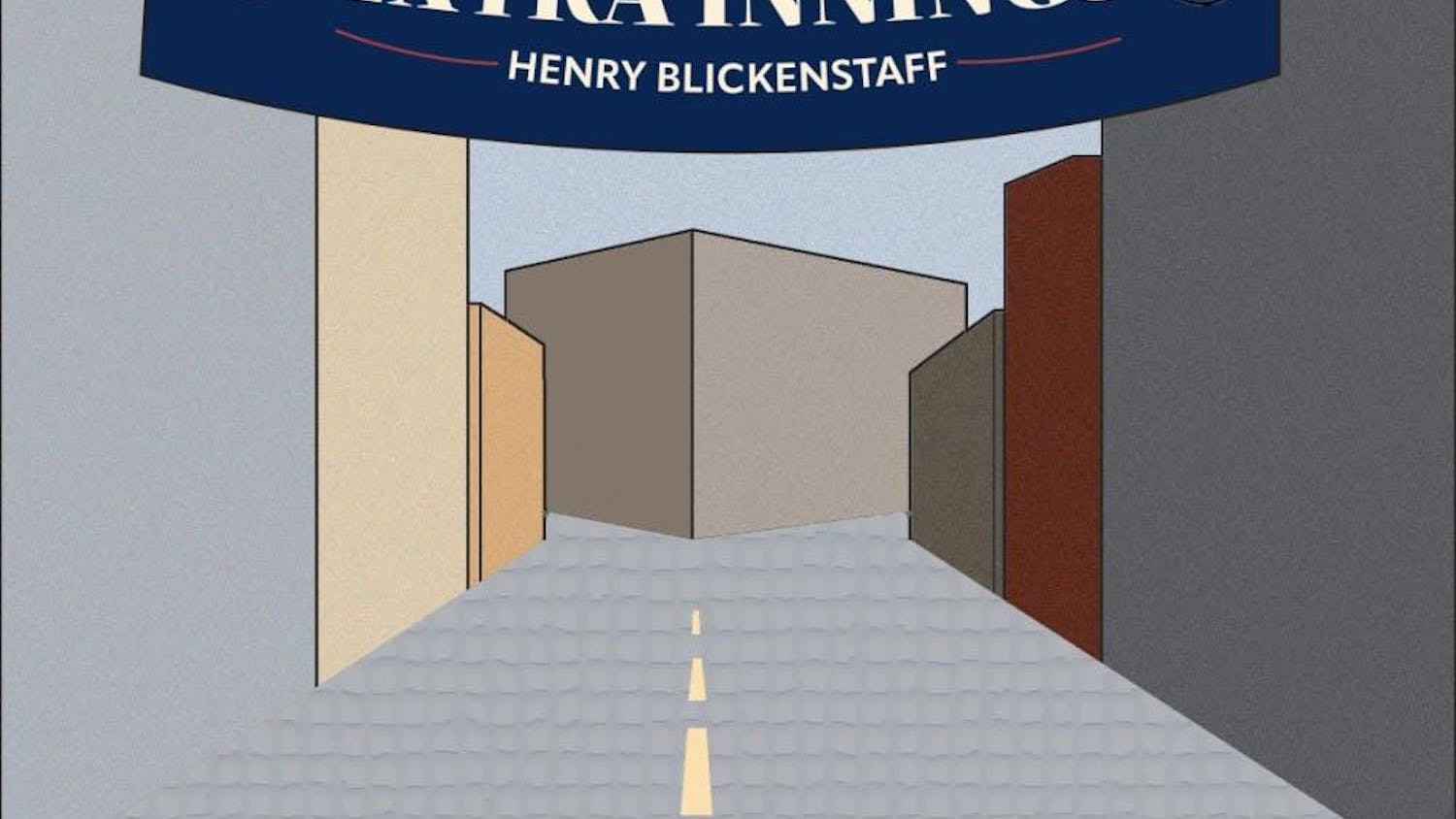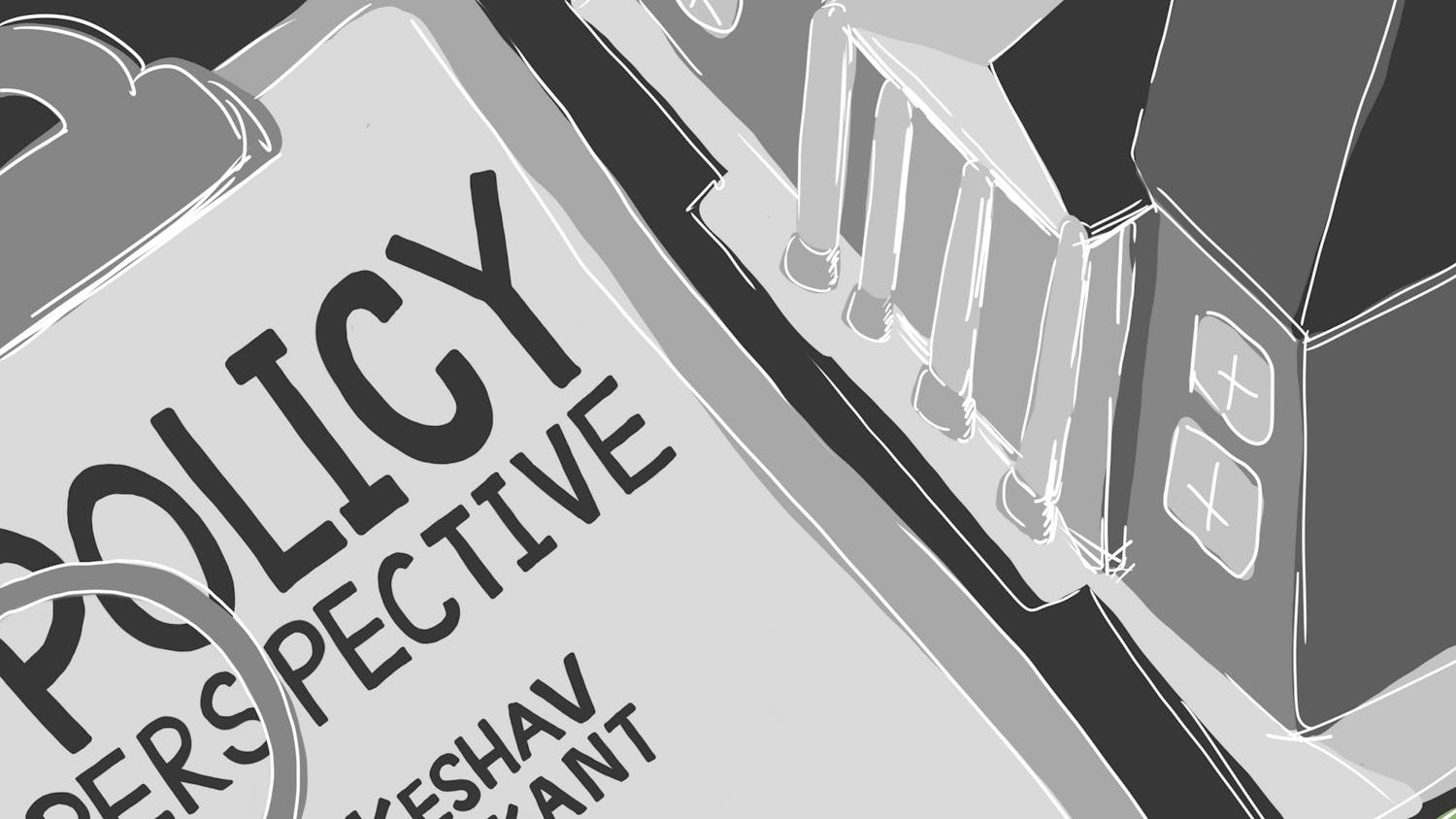Anfernee Simons, one of the top-ranked high school basketball recruits, decided this week to forgo his college eligibility and declare for the NBA draft.Since Simons had taken a postgraduate year, in which he spent his fifth year of high school at the IMG Academy in Bradenton, Fla., he is already 19 years old and eligible to be drafted. Simons is expected to go late in the first round, and he will be one of the rare players in today’s league who enters the NBA without any college or professional basketball experience.
Simons' choosing to avoid the route of NCAA play and enter the league straight from high school will make many people once again revisit the oft-questioned "one-and-done" rule — referring to the mandate that former league commissioner David Stern implemented in 2005, requiring players be 19 years old before declaring for the draft.The league’s current commissioner, Adam Silver, has expressed interest in adjusting the NBA’s approach to high school prospects and players entering the draft.Proposed ideas include eliminating the rule that Stern put in place, creating a more prominent NBA G-League or instituting NBA basketball academies, which already exist internationally, in the United States. All of these include players focusing on basketball and earning money to provide for themselves. Any of these options would improve upon the system they have now.
Every season, there are many players who are talented and mature enough to go straight from high school to the NBA, and having them spend a layover year in college is a barrier they don’t need. The salaries and sponsorship opportunities that the NBA provides are a luxury that many prospects could use to provide for themselves and their families. When the players are there to play basketball, not for the degree, a year in college simply doesn’t make sense.
From a player development standpoint, athletes like LeBron James and Kevin Garnett, who entered the NBA straight out of high school, show that potential can be developed just as well in the NBA as it can be in college. Given the large differences in the way offenses and defenses are run in the NBA, as well as the athleticism and skill gap, it is possible that the NBA could even serve as a better developmental league for top prospects. Ben Simmons, the No. 1 pick in the 2016 NBA draft, famously said, "I think I would have learned a lot more being around professional athletes. Looking at it now, I don't really know what I learned, financially, or just being a person at LSU."
Also, the current March Madness field shows that college basketball competitiveness and popularity won’t necessarily suffer without these top prospects. Heading into the second weekend of the tournament, the teams of draft standouts such as Deandre Ayton, Michael Porter Jr., Jaren Jackson Jr., Miles Bridges and Mohamed Bamba had already been eliminated, yet the excitement of the tournament did not seem to suffer.
A larger sample size of players going straight from high school to the NBA would be the only way to tell what works. However, it’s clear that the current system isn’t perfect, and these changes are worth a try.
More from The Tufts Daily
Tok the Talk: The epidemic of iPad kids
By
Annika Pillai
| April 23
The Policy Perspective: Reasons to hope
By
Keshav Srikant
| April 22





